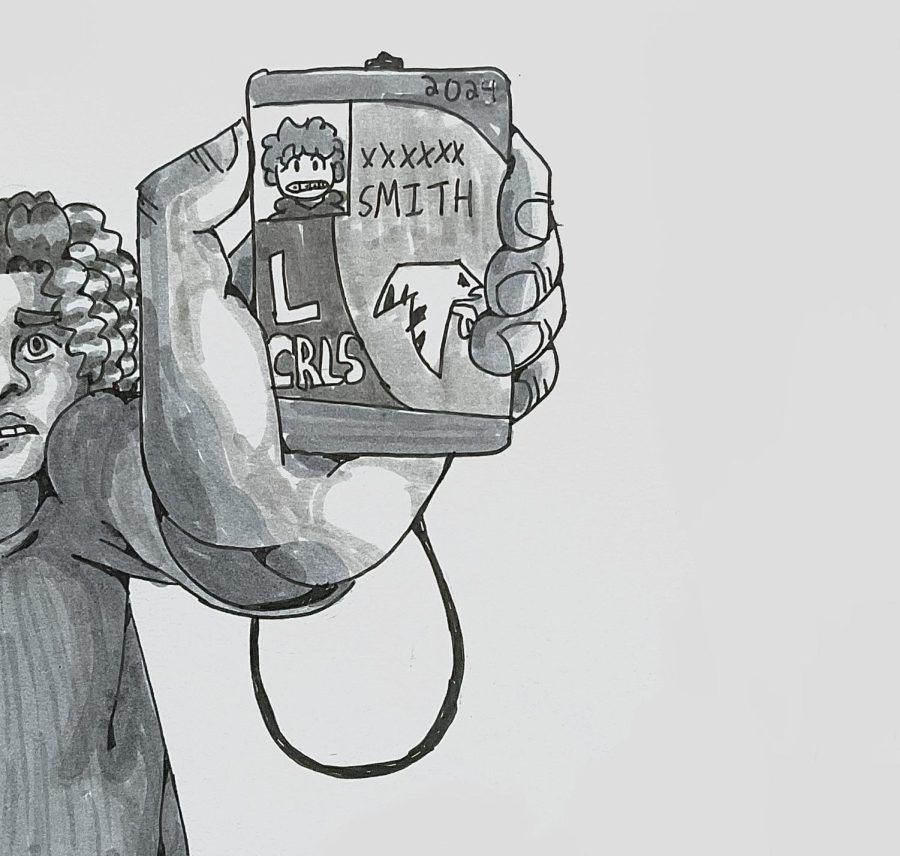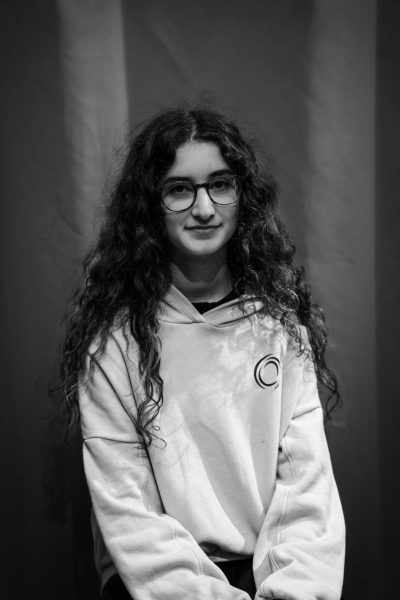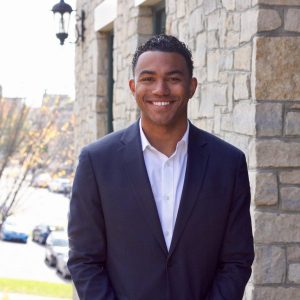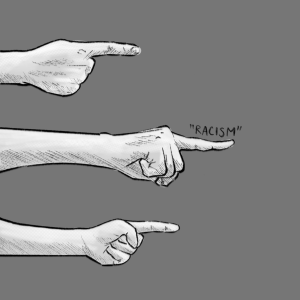Is it Really an ID If The Name is Wrong?
November 8, 2022
While there has been much ado made about CRLS’s new student ID practice, like many other rule changes in the past year, it has yet to be enforced. Teachers were told that students would have to wear their IDs around school by September 30th, a date which has since passed.
“It’s definitely a culture shift for us to get folks to have [their IDs] visible,” said CRLS principal, Damon Smith, to the Register Forum. “It’s not the coolest thing to do.”
This draws into question the security benefits of the practice, considering there hasn’t yet been an organized effort to check IDs. An email sent out to teachers confirmed that under the new practice, school employees have the ability to ask any student in the hallway for their ID, but have received no exact instructions for spots to monitor these.
Yet, while it is true that ID checks are a relative rarity, the policy is still harmful to students who go by different names than their legal ones. Martin Armstrong ’23, who chooses not to be called by his birth name, said the new rules make him feel unsafe. “I don’t want people knowing the name I don’t use because it’s not my name,” he said. “I don’t want that being used to identify me.”
Gender transition can be a common motivator for name-change, and it’s quite wide-spread: according to the Boston Public Health Commission, 0.7% of the adult Bostonian population, or around 4,825 people, identify as transgender. Today’s relatively more accepting environment means that trans youth are out in even greater numbers than reported by the survey; name changes have become more common.
However, names aren’t changed solely for gender-based reasons—the ID practice’s effects reach teens across the board.
“Honestly, I think it’s stupid,” said Morine Dupas ’25, who goes by the nickname Mo. “I don’t want to carry around an ID with a name that I don’t use,” she said, echoing Armstrong.
While students can request a non-legal name to be on their ID, it must be in Aspen. This leaves some students feeling uncomfortable, especially if they aren’t ready (or simply don’t feel safe) to tell their parents, which inputting a different name in Aspen would require. According to the 2021 Teen Health Survey, less than half of CRLS genderqueer students have a trusted adult in their family they feel they can talk to.
Different IDs can also lead to legal complications. Armstrong, whose College Board account is under his deadname, wouldn’t be able to take AP or SAT tests if he showed up with an ID that had his chosen name on it. “The options are, everybody knows that you go by a different name at school than you were born with, or you just create these logistical nightmares,” Armstrong explained. “And that’s just not a fair choice when the solution is you don’t have to have this ID on your person.”
Ms. Drake King, a calculus teacher and P10 advisor, believes the practice is positive in terms of safety, but has reservations about it as well. “The school is aware that there are students whose names don’t match their names in Aspen,” she said. “Whether or not that’s always taken into consideration when things like this are rolled out is another story.”
This piece also appears in our October 2022 print edition.










